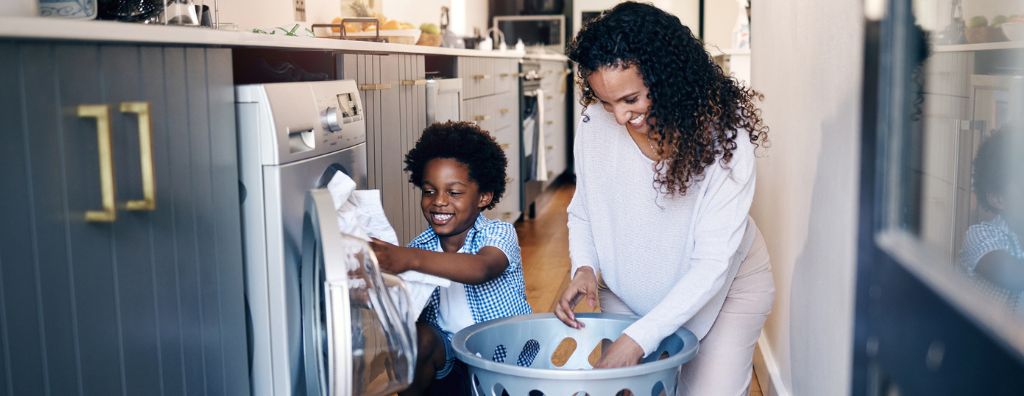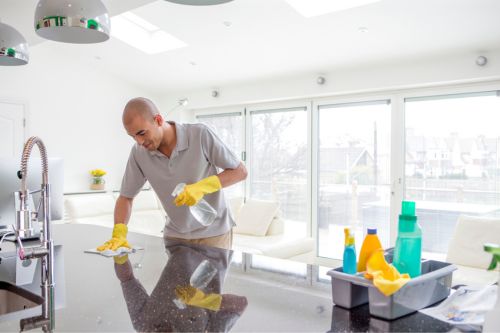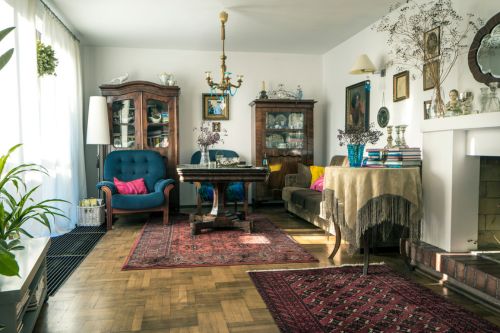Buying a home is one of the most significant financial and emotional purchases of a person’s life. That’s why it is so important to find an agent that can not only help you navigate the home search process while answering your questions and addressing your needs from start to finish. Most importantly, your agent should care about your happiness and ensuring that you find the right home for you. Here are some important qualities to consider when selecting a real estate agent.
10 Qualities to Look for in Your Real Estate Agent
1. Likable: More than likely, you will be spending significant time with your agent. You’ll be side by side throughout the ups and downs of the buying process, so it’s worth it to spend time looking for someone that you enjoy interacting with. Working with a Buyer’s Agent
2. Trustworthy: One of the best ways to find an agent who you feel you can trust is to ask friends and family for a referral. You can also interview different agents and ask for client references. When vetting agents, prioritize their trustworthiness along with their business acumen and ask questions that will help you narrow your search. If you’re having trouble knowing where to begin. Here are a few common questions you can ask to get the conversation started:
-
- How do you help buyers to make their offer stand out?
- How many clients are you working with currently?
- What is the best way to contact you?
- How long have you been an agent in the local market?
- Do you represent both buyers and sellers?
- Do you have recommendations for mortgage brokers, home inspectors, etc.?
3. Effective Listener: While your agent can’t read your mind, they should be able to make educated recommendations and offer advice by listening closely to your needs. Make sure you talk to your agent about your priorities, what types of features appeal to you, as well as any factors that could be deal breakers. This will equip your agent with everything they need to help find you the perfect home as they explore the Multiple Listing Service (MLS) for available listings.
4. Qualified and Experienced: Make sure your agent has the qualifications and experience to meet your specific needs. For example, some agents have more experience with short sales, while others might be experts on certain neighborhoods or types of housing. Find someone who is good at what you’re looking for. Ask specific questions when you interview them so you can get a better idea of what they’re great at, and if they’ll be a good fit for your search. For a comprehensive list of real estate agent certifications, visit our blog:
5. Knowledgeable: A great agent is someone who is out in the neighborhoods, exploring communities, visiting listings, staying up to date with market and industry news, and collecting all the information that you need to make an informed, confident decision about your real estate needs. For up-to-date information about your local market, visit the Market News category of our blog.
6. Honest: Your agent should be upfront and honest with you about every aspect of your home search process—even if it involves delivering bad news. The best real estate agents are more concerned about finding the right home for their clients, not just the home that brings in the fastest commission check.
7. Local: Every community is different, and all real estate is local, so it’s important to find someone who really knows the local market and can provide you with the information you need to familiarize yourself with a particular area. This will narrow your home search and help you find listings you can afford.
8. Connected: A well-connected agent will have relationships with lenders, inspectors, appraisers, contractors, and any other service provider you might need during your home search. Though your agent will be your greatest asset in the home buying process, it takes several people to successfully purchase a home.
9. Straightforward: You want an agent who will work hard to help you find the best home, but you also want someone who will be straightforward with you about the process and how to set realistic expectations given the market conditions in which you’ll be buying.
10. Committed: Your agent should be in it for the long haul, meaning that they’re looking out for your best interests every step of the way, no matter how long the process takes. Connect with a local, experienced Windermere Real Estate Agent today:
Featured Image Source: Getty Images – Image Credit: skynesher
 Facebook
Facebook
 X
X
 Pinterest
Pinterest
 Copy Link
Copy Link






















